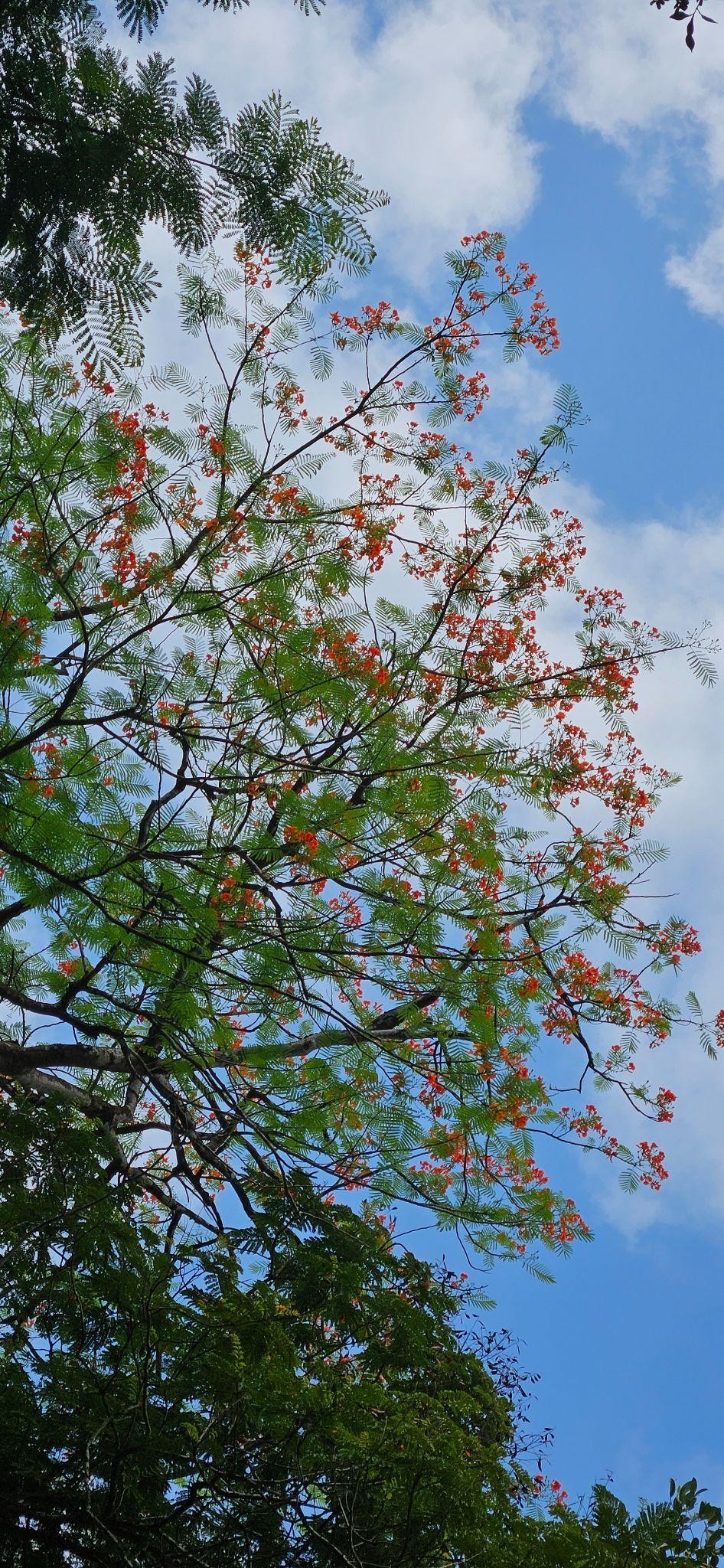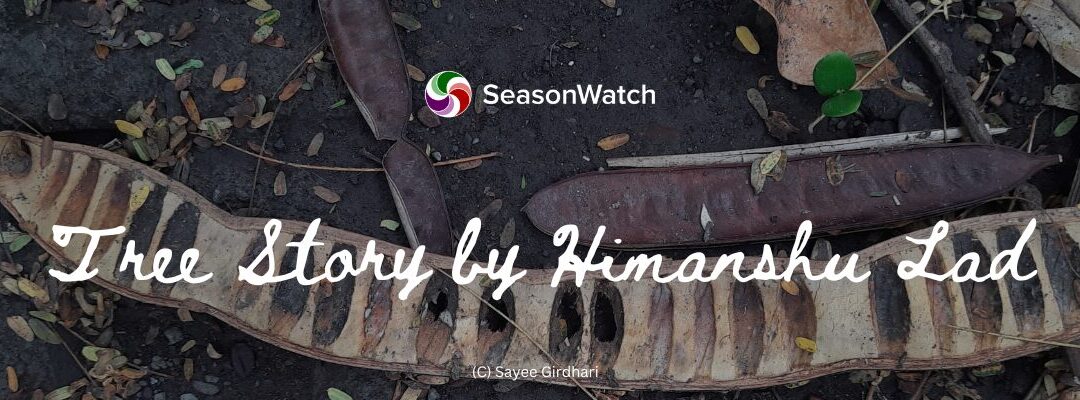In most Indian households, a pre-festive ritual of removing dust from all nooks and corners is performed once a year. This cleaning is done by shifting old storage boxes, deciding what to keep and what to discard, bidding farewell to some unwanted vintage collections, rediscovering old souvenirs, and getting a glimpse of gifts received at family functions that are kept only for special occasions. When all of this is going on, you are accompanied by a dust bath and countless sneezes. During one such event at our house, I came across a plant pod about two feet long, which I had carefully kept but had forgotten about. Finding it brought back the childhood memories of how it once saved my life when I was twelve years old.
I found this pod years ago on the side of the road while walking back home from school. The twelve-year-old me found it fascinating that shaking this pod or tapping it against my body made a cool, unique sound. I was not the only one who noticed the unusual rattle of the shaking pod- a few stray dogs did too. Unlike me, though, they were not impressed and certainly did not think it was cool. Within seconds, four of them came at me, all growling and snarling. I still remember that scene clearly. Terrified and unsure of what to do, I used the pod to shoo them away, sometimes hitting their snarling faces. As soon as I scared one off, another dog stepped forward. Finally, someone saw this from the other side of the road and shouted to chase the dogs away. The pod gave me the courage to face what was in front of me, and if not for the pod in my hand, I don’t think I would have remained unbitten. It was scary! It took me a while to calm myself down, and since I was afraid that the dogs would attack again, I carried the pod home.
 The life-saving pod
The life-saving pod
All these years, it remained an unfamiliar object for my family, but it was allowed to become a part of the house simply because it was important to me. I did not expect to find the pod in good condition after more than 10 years. During those days, even though I had spent a lot of time outdoors and ardently watched wildlife documentaries, I was unaware of plant names. So, it remained an unidentified object when I kept it. After all these years (along with a growing interest in plant identification), I was curious about the unknown identity of this life-saving pod and tried to identify it. It turned out to be from the Gulmohar tree (Delonix regia), commonly known for its vibrant red flowers that bloom in the summer months and its feathery, fern-like leaves.

Gulmohar tree with vibrant red flowers and fern-like leaves
Gulmohar is an exotic species, native to Madagascar, and was popularised by the British as an avenue and ornamental tree. Today, it is commonly observed across our country on roadsides and in cities for landscaping. Many other exotics introduced during the colonial era, such as the Copperpod tree (Peltophorum pterocarpum), Raintree (Samanea saman), and Jacaranda (Jacaranda mimosifolia), have similar leaves and are also commonly seen along Indian roads. They have beautiful flowers with shades of yellow, pink, and blueish-purple when in bloom. When not in bloom, identifying these plants can often get confusing due to their very similar leaves. The smooth, brownish-grey bark of Gulmohar is the first thing I look for to distinguish it from the rough, striated dark bark of the Rain-tree. The Badminton ball tree (Parkia biglandulosa) also looks similar from a distance, but closer inspection of the leaves reveals the difference. Everyone has their way of remembering a tree, and it’s not always about knowing the names correctly, but taking a moment to stop and notice the differences. And after a point, these trees talk to you like distant relatives from your childhood who ask, “Do you remember me?”
I now realise that for most of my life, I ignored looking closely or feeling a sense of connection with these exotic plants. My rational mind keeps telling me that they negatively impact our local ecosystem and should not be present here. Many exotic species are known for disrupting pollination networks, affecting soil chemistry, outcompeting native flora, and altering the water regime. Other plants, introduced from faraway countries, have since become invasive and are known as alien invasive species. Some examples include Lantana camara, Prosopis juliflora (now Neltuma juliflora), Eichhornia crassipes, and Parthenium hysterophorus, which are so detrimental that crores are spent on their removal in our country to restore habitats. These plants choke our waterbodies, smother native vegetation, restrict animal movement, and degrade entire ecosystems, leading to ecological imbalance.
However, not all exotics become harmful invasive plants, and some don’t adapt to new conditions where they are introduced. It also happens that when I see or move around trees like Gulmohar, Jacaranda, Copperpod, and Tabebuia, I wonder when some of these old trees were planted, and who planted them. Did they know the identity of the tree? Did they have a choice to recommend other native plants, or were they merely following orders? On other occasions, when I see these trees in full bloom, I forget momentarily about their negative impacts. I think about how the floor is decorated with their fallen flowers, how they get crushed beneath countless tyres and footwear, spreading fragrance that lingers through the dust and smoke of the city. Most of these exotic trees bloom in summer, reminding us of different seasons, and for some of us, watching them brings a colourful nostalgia from our childhood days. In those moments, my heart tells me that we need some of these mature trees in urban spaces, so people can share stories to connect with nature. I’m not saying we should plant more exotic species, but if not for the Gulmohar planted on the roadside, I would not be writing this article to share my childhood memory.
Photos by Himanshu Lad.
About the author: Himanshu Lad likes to spend time in nature and has a collection of dried leaves, unique stones, compressed flowers from the wild, each having its own unique story. He is a wildlife researcher by profession and has worked on projects about forest restoration, birds, frogs and plants.





